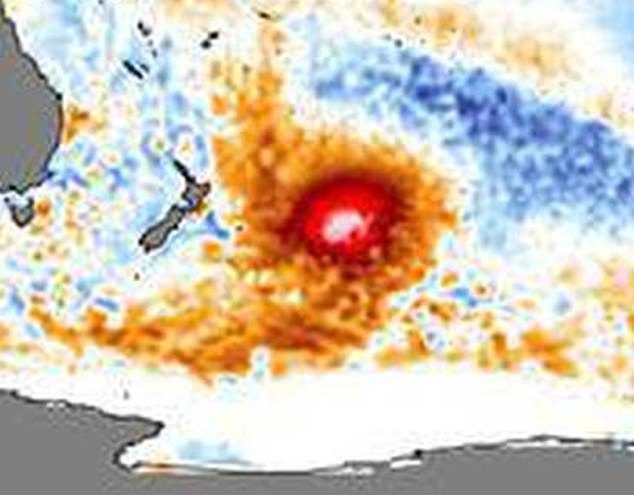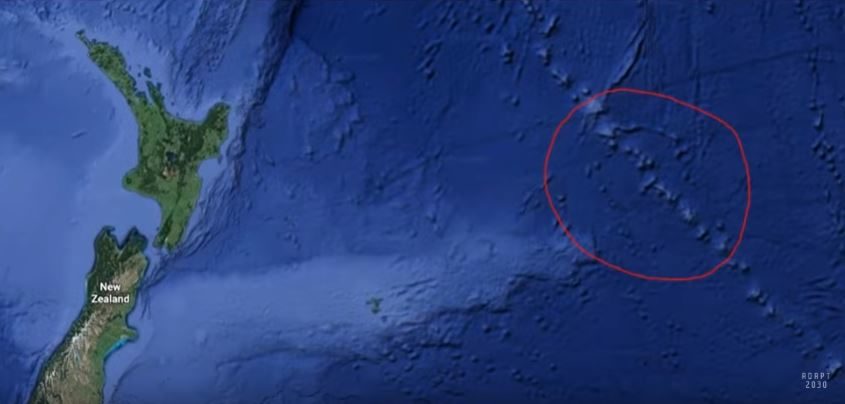
The blotch stretches tens of thousands of square kilometres and is one of the warmest sea spots on the planet with temperatures of up to 20C.
The water is 4C degrees above the average temperature of 10 to 15C, nearing temperatures in the Tropics, which range between 20 and 30C.
Professor James Renwick, a weather and climate researcher at Victoria University, said the phenomenon is caused when an area becomes concentrated with sunshine and little wind.
Comment: Perhaps the range of underwater volcanoes east of New Zealand is a factor? Adapt 2030 Ice Age Report: Sudden volcanic hot spots and safe zone ash layers
Earlier this month there was a deadly volcanic eruption on New Zealand's White Island. A comparable escalation in activity of their underwater counterparts seems logical. It is estimated there are up to one million underwater or submarine volcanoes on our planet.
In 2014, a stronger marine heat wave caused mass destruction between Hawaii, Alaska and California.
The heat wave, dubbed 'The Blob', had a devastating impact on seal and sea-bird populations in the area and also caused coral to bleach.
Professor Renwick said the heat wave could cause problems for local marine life if it penetrated beneath the ocean's surface.
He said it was more likely the shallow layer of warm water, potentially up to 50m below the surface, would likely fade and dissipate in coming weeks as it heads towards South America.
The coldest seas are in Antarctica and the Arctic Ocean where water freezes at -2C.
A marine heatwave is defined as when surface seawater temperatures are warmer than 90 per cent of past measurements for at least five days in a row.




Reader Comments